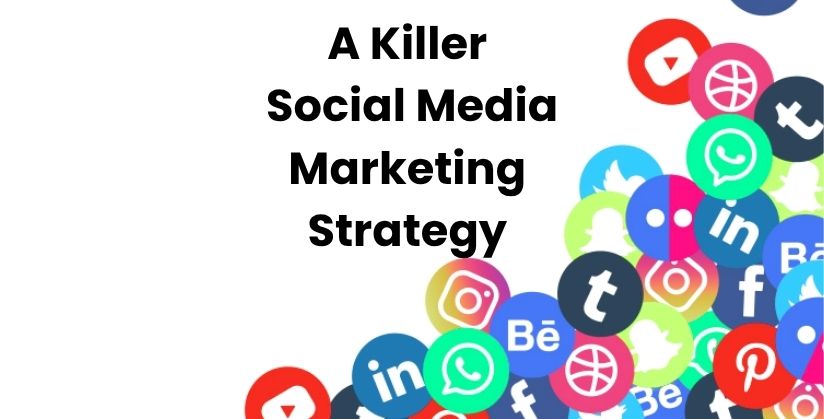
Social Media Strategies for Various Platforms
Introduction:
Social media has become more than just a space to connect with friends—it’s now one of the most powerful tools for brand growth. For U.S. businesses, each platform comes with unique opportunities, audiences, and strategies. Whether your goal is brand awareness, lead generation, or direct sales, tailoring your approach to each channel is essential.
Why Platform-Specific Social Media Strategies Matter
Not all platforms work the same way. Instagram thrives on visuals, LinkedIn focuses on professional networking, while TikTok rewards creativity and short-form video. Using the same approach across all platforms often leads to poor results. Instead, businesses should adapt their strategy to match the behavior and expectations of each audience.
Social Media Strategies by Platform
1. Facebook: Community and Advertising Powerhouse
• Build Facebook Groups around your niche to nurture loyal customers.
• Use Facebook Ads Manager for precise targeting by demographics, interests, and location.
• Share a mix of posts—educational, promotional, and interactive content like polls.
• Track insights to understand what drives engagement and adjust accordingly.
2. Instagram: Visual Storytelling for Engagement
• Focus on Reels and Stories, as short-form video now dominates.
• Use shoppable posts and product tags for e-commerce.
• Collaborate with micro-influencers for authentic reach.
• Maintain a strong aesthetic—consistent colors, filters, and themes to reinforce brand identity.
3. LinkedIn: B2B Growth and Thought Leadership
• Publish LinkedIn Articles and long-form posts to build authority.
• Use LinkedIn Ads to target U.S. decision-makers by job title, company size, and industry.
• Encourage employees to share company content for organic reach.
• Engage in industry groups to build relationships with potential clients.
4. TikTok: Creative Engagement for Younger Audiences
• Leverage trending hashtags and challenges for visibility.
• Keep videos short, authentic, and entertaining—avoid overly polished ads.
• Partner with TikTok creators who resonate with your target market.
• Use TikTok Ads for brand awareness and product promotions.
5. Twitter (X): Real-Time Conversation Hub
• Share timely updates, trending news, and quick insights.
• Use hashtags strategically to join relevant conversations.
• Engage directly with customers—reply to mentions and retweets.
• Run Twitter Ads for events, product launches, or awareness campaigns.
6. YouTube: Long-Form Value and Search Visibility
• Create “How-to” and tutorial videos to answer audience questions.
• Use YouTube SEO: optimize titles, tags, and descriptions with keywords.
• Add clear CTAs (subscribe, visit website, buy product) within videos.
• Experiment with Shorts to tap into the short-form video trend.
Tips for Cross-Platform Success
• Maintain Brand Consistency – Colors, tone, and messaging should align across platforms.
• Repurpose Content – Turn a long blog into multiple Instagram posts, tweets, and LinkedIn snippets.
• Track Analytics – Use platform insights and third-party tools to measure engagement, clicks, and conversions.
• Post at the Right Time – Each platform has peak engagement hours. Test and refine your schedule.
Conclusion
A one-size-fits-all approach doesn’t work in today’s social media landscape. By tailoring strategies for each platform—Facebook, Instagram, LinkedIn, TikTok, Twitter, and YouTube—U.S. businesses can build stronger connections, increase engagement, and drive meaningful growth. The key is consistency, creativity, and using data to refine your strategy over time.

